21. Which one of the following elements is a non-metal but is lustrous ?
(a) Carbon
(b) Silicon
(c) Germanium
(d) Iodine
Show Answer/Hide
22. Which one of the following metals has both malleability and ductility properties ?
(a) Na
(b) Au
(c) Ce
(d) Hg
Show Answer/Hide
23. We are given three copper wires of different lengths and different areas of cross-section. Which one of the following would have highest resistivity ?
(a) Copper wire of 50 cm length and 1 mm diameter
(b) Copper wire of 25 cm length and 0.5 mm diameter
(c) Copper wire of 10 cm length and 2.0 mm diameter
(d) All the wires would have same resistivity
Show Answer/Hide
24. Which of the following statements about ‘fission’ is correct ?
1. It is related with the creation of new individuals by means of cell division in unicellular organism.
2. It is related with the transformation of heavier nuclei into smaller nuclei.
3. It is related with the creation of a heavier nuclei by means of combining two higher nuclei.
Select the correct answer using the code given below :
(a) 1 only
(b) 2 only
(c) 1 and 2 only
(d) 1 and 3 only
Show Answer/Hide
25. Which one of the following is an electric conductor ?
(a) A plastic sheet
(b) Distilled water
(c) Human body
(d) A wooden thin sheet
Show Answer/Hide
26. A non-spherical shining spoon can generally be considered as a
(a) Spherical mirror
(b) Parabolic mirror
(c) Plane mirror
(d) Lens
Show Answer/Hide
27. Who amongst the following is a pione discovering the heating effect of electric current ?
(a) Isaac Newton
(b) Galileo Galilei
(c) James P. Joule
(d) J.J. Thomson
Show Answer/Hide
28. Which one of the following laws of electromagnetism does not give the direction of magnetic field ?
(a) Right-hand thumb rule
(b) Fleming’s left-hand rule
(c) Fleming’s right-hand rule
(d) Faraday’s law of electromagnetic induction
Show Answer/Hide
29. An antibiotic is not useful against a virus whereas a vaccine is. Which one of the following is the most appropriate reason for this?
(a) An antibiotic can break RNA only, whereas virus has DNA.
(b) An antibiotic is a carbohydrate in its chemical nature, whereas a vaccine is a protein which works well to kill a virus.
(c) Only a vaccine can break the genetic material of a virus.
(d) A virus does not use biochemical pathways which can be blocked by an antibiotic. But a vaccine can boost an immune system to fight the virus.
Show Answer/Hide
30. ‘Sleeping sickness’ is caused by
(a) Trypanosoma
(b) Leishmania
(c) Plasmodium
(d) Paramecium
Show Answer/Hide
31. Which one among the following is a free living animal ?
(a) Liver fluke
(b) Wuchereria
(c) Plasmodium
(d) Planaria
Show Answer/Hide
32. Which one of the following is the structure of a cardiac muscle cell ?
(a) Cylindrical, Unbranched and Multinucleate
(b) Spinal shaped, Unbranched and Uninucleate
(c) Spinal shaped, Branched and Uninucleate
(d) Cylindrical, Branched and Uninucleate
Show Answer/Hide
33. Which one of the following naturally occurring acids is found in abundance in tomato ?
(a) Acetic acid
(b) Citric acid
(c) Oxalic acid
(d) Tartaric acid
Show Answer/Hide
34. Which one of the following is used in soda-acid fire extinguishers ?
(a) Sodium chloride
(b) Sodium hydrogen carbonate
(c) Calcium hydroxide
(d) Acetic acid
Show Answer/Hide
35. Which one of the following sodium compounds is used for softening hard water ?
(a) Na2CO3
(b) NaHCO3
(c) NaOH
(d) Na2S04
Show Answer/Hide
36. Calcium oxide reacts vigorously with water to produce slaked lime whose solution is used for white-washing walls. This slaked lime reacts with component (A) in air to form a thin layer of component (B) to give a shiny finish. What are the components (A) and (B)?
(a) A – O2; B – CaCO3
(b) A – CO2; B – Ca(OH)2
(c) A – O2; B – Ca(OH)2
(d) A – CO2; B – CaCO3
Show Answer/Hide
37. How many internal reflections of light take place in the formation of primary rainbow?
(a) 0
(b) 1
(c) 2
(d) More than 2
Show Answer/Hide
38. The direction of acceleration circular motion is along the in uniform
(a) direction of motion.
(b) tangent to the circle at the point of observation.
(c) direction of velocity.
(d) direction perpendicular to velocity.
Show Answer/Hide
39. The weight of an object is due to
(a) the net force acting on it.
(b) the total of all forces acting on it irrespective of their directions.
(c) the force that it exerts on the ground.
(d) its inert property.
Show Answer/Hide
40. The size of particles being studied in ‘nano-technology’ is about
(a) 1 Å – 10 n m
(b) 1 – 100 nm
(c) 1 – 50 μ
(d) 1 mm – 10 mm>
Show Answer/Hide


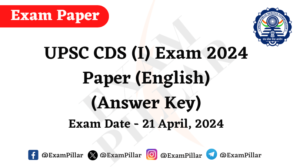
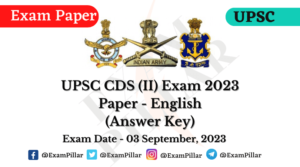
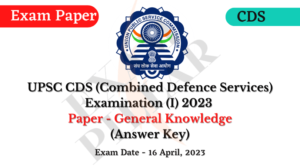
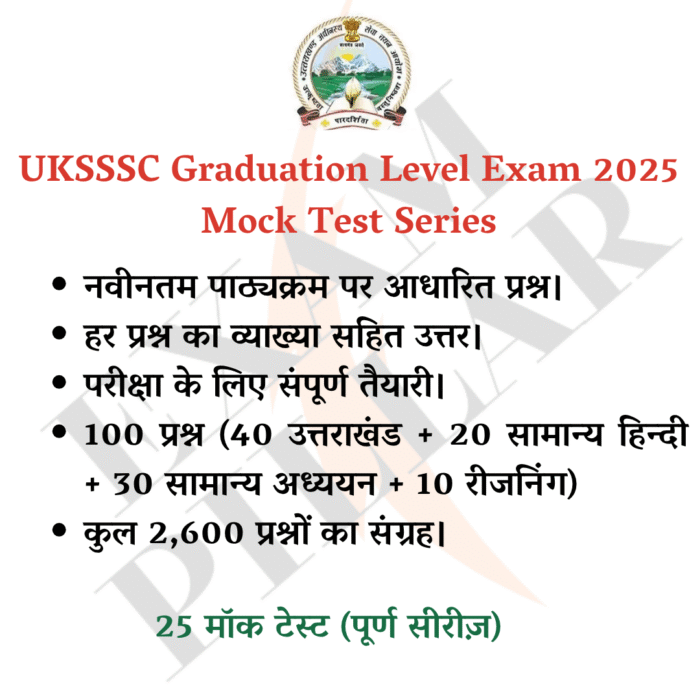

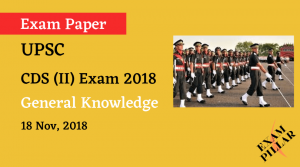
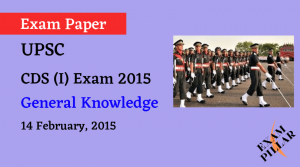
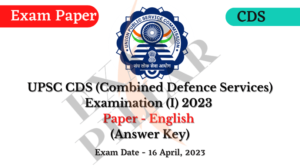
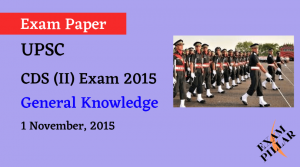
SOCIAL PAGE